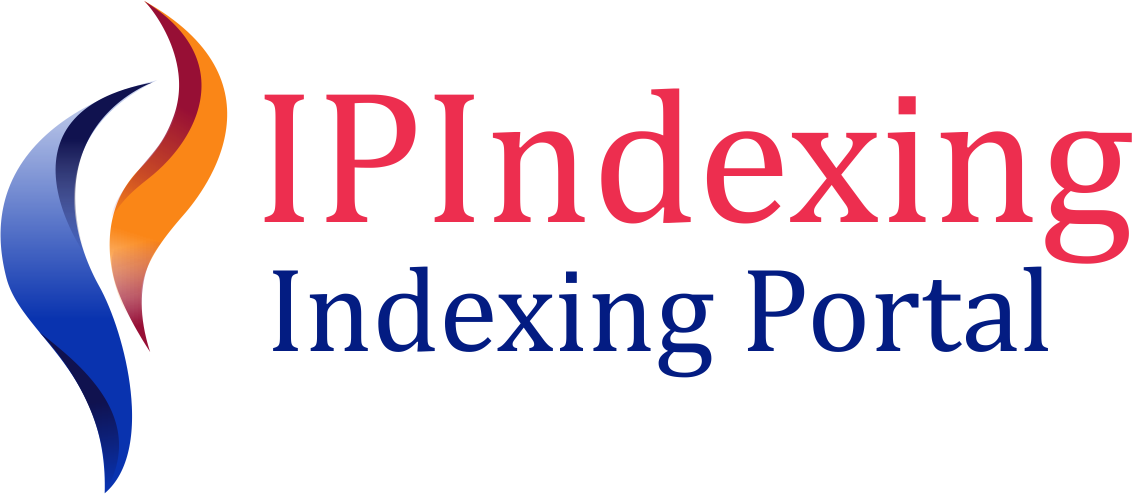INVESTIGATION OF IMPURITIES PRESENT IN RECYCLING AND REUSING OF SCRAP LEAD FOR ACCUMULATOR INDUSTRY
DOI:
https://doi.org/10.71330/thenucleus.2012.813Abstract
Recycling and reusing are the basic strategies of reducing solid waste generated from industries. Millions of batteries containing toxic metals and poisonous wastes are discarded every year in Pakistan. Battery waste deposited in landfills increases the concentration of toxic metals in leachates obtained from landfill base. For this reason, recycling of locally available scrap lead has been focused. During reduction and refining stages, samples were obtained at various stages from a five ton lead smelting pot of an accumulator industry. Various impurities present were determined and removed in order to reuse in accumulators. X-ray fluorescence (XRF) and atomic absorption spectroscopy (AAS) techniques were used to analyze the samples obtained at various stages of recycling. This work has been carried out to reduce these impurities and the refining process has thus been optimized. The lead thus obtained is 99.98 % pure.References
W. Baumann, A. Muth, Batterien- Daten und
FaktenzumUmweltschutz, European Portable Battery Association, 2003, Springer,
Berlin (1997) pp. 593
L.C. Ferracin, A.E. Chaccon-Sanhueza, R.A.
Davoglio, L.O. Rocha, D.J. Caffeu, A.R.
Fontanetti, R.C. Rocha-Filho, S.R. Biaggio
and N. Bocchi, Hydrometallurgy 65 (2003)
M. Jost, Technical guidelines for the
environmentally sound management of leadacid battery wastes (2001).
E.Shirin, R. Rereshteh and S.K.
Sadrnezhad, Hydrometallurgy 82 (2006) 54.
C.C.M.B. Souza, D.C. Oliveira and J.A.
Tenorio, J. Power Sour. 103 (2001) 120.
H.Lund, The McGraw-Hill recycling
Handbook, 2nd ed., McGraw-Hill, New York,
M.A. Kreusch, M.J.J.S. Ponte, H.A. Ponte,
N.H.S. Kaminari, C.E.B. Marino and V.
Mymrin, Resou. Conserv. Recycle 52 (2007)
A. Lassin, P. Patrice, A. Burnol, F.
Bondenan, L. Chateau, C. Lerouge, C.
Crouzet, D.E. Guynonnet and L. Bailly, J.
Hazard. Mater. 139 (2007) 430.
B. Coya, E. marafion and H.Sastrte, Resour.
Conserv. Recycle 29 (2000) 291.
Downloads
Published
How to Cite
Issue
Section
License
For all articles published in The Nucleus, copyright is retained by the authors. Articles are licensed under an open access licence [CC Attribution 4.0] meaning that anyone may download and read the paper for free. In addition, the article may be reused and quoted provided that the original published version is cited properly.



